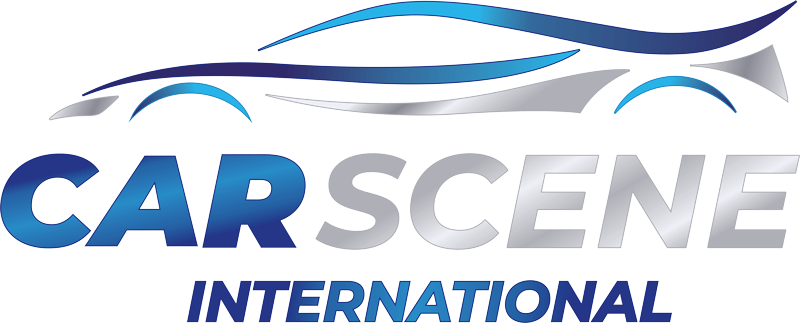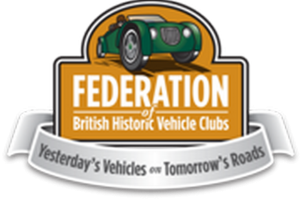Before I became involved with the Warwickshire County Record Office’s Healey Motor Company archive project, I already had a good knowledge of the Healey marque and its products. As a junior draughtsman with Jensen Motors, West Bromwich, I was aware of how much the ‘Big’ Healey meant to Jensen as the manufacturer of that car’s painted and trimmed bodies.
There is little doubt that the Austin Healey 100 thru’ 3000 is the most recognised of all the cars bearing the Healey name. This is particularly true in the United States where more than 80% of the ‘Big’ Healeys were sold. The Austin Healey Sprite, especially the Mk.I ‘Bugeye/Frogeye’, runs it a very close second for awareness and deep affection.
However, there are two distinct sides to the Donald Healey Motor Company story, as I am sure many of you are aware. In this article I want to explore the ‘pre Austin’ range of Healey cars, which, from now on, I will refer to as the ‘Original’ Healeys. Without them the Healey 100, later to be badged Austin Healey 100, would not have come into existence.
This article came about as a result of me attending an Association of Healey Owners (AOHO) event in Warwick, U.K., a few years ago. The AOHO claims to be the only club in the World that caters exclusively for owners of ‘Original’ (pre Austin) Healeys.
I am not going to give a blow by blow history of how Donald started his eponymous company, in Warwick, in 1946. I am sure that most of you are very familiar with that story, it has been covered in many books and magazine articles over the years. However, it is worth reminding ourselves of the key elements of the first car which, in principle, formed the basis of all the various models up to the Healey 100. They are –
A sturdy, steel, rectangular box section, side frame chassis with cross bracing.
A tuned version of Riley’s Twin Cam 2.4 Litre four cylinder engine and running gear. *
Independent front suspension using a Healey designed cast alloy swinging arm with leaver arm shocker absorbers/dampers.
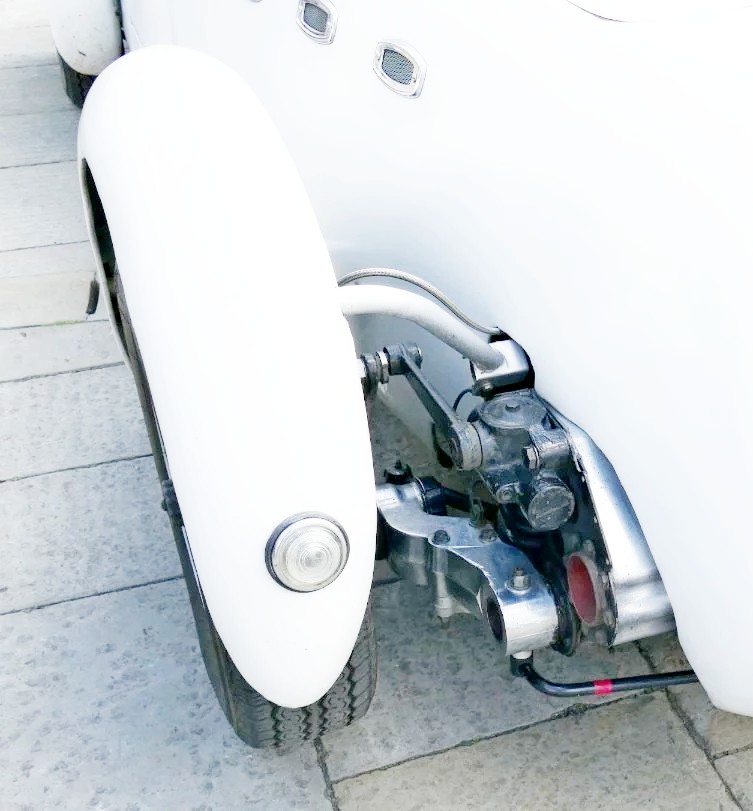
Riley ‘live’ rear axle with coil springs replacing Riley’s leaf springs.
Alloy bodies with ash frames, designed by Ben Bowden and made by various coach-builders by which the different models were identified.
* The Nash Healey used a 3.8 Ltr. or 4.1Ltr. Nash straight six engine and the Alvis (G Type) Healey used a 3.0Ltr. straight six Alvis engine. Experiments were also conducted using a Cadillac 331cu.in. (5.4 Ltr.) OHV V8 engine in a Healey Silverstone.
THE HEALEY RANGE
WESTLAND
In 1946 the first Healey car was launched, the Healey Westland, a two door convertible. The body panels were made by Aeroparts Engineering Co. and the cars assembled by its sister company Westland Motors. Initially, Aeroparts also built the cars’ chassis until Healey’s Cape Works, Warwick, started to build them and ship them to various body builders. Both Aeroparts and Westland Motors were divisions of the Westland Aircraft Company and located in Hereford. In total 70 Westlands were built using A,B & C chassis.
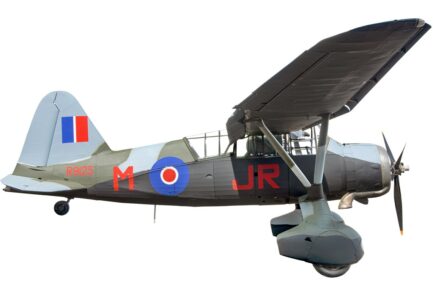


SALES PROMOTION TRIP TO THE USA

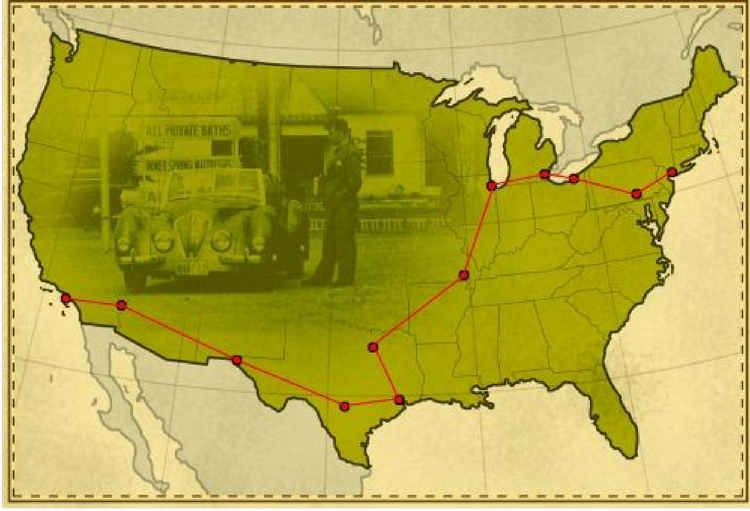
One of Donald Healey’s ambitions for his range of cars, was to sell them in the United States. He would be encouraged in that ambition by the British Government which was keen to pay off the enormous debt incurred as a result of WWII. The Government skewed car taxes in the U.K. to make exporting more profitable to manufacturers.
That policy favoured mass production car manufacturers not specialists like Healey. Nevertheless, in 1948, Donald and eldest son Geoffrey embarked upon an epic tour of the U.S., in order to promote the fledgling marque. Logically, they started the journey in New York and finished in Los Angeles. They used a Healey Westland for their journey and it acquitted itself very well, encountering many adventures en route. Apparently this car was sold in L.A. and remains in the U.S. to this day.
In terms of selling cars, it cannot be said that the trip was a great success. It is not surprising when the asking price for the Westland was around $7500 at a time when a Model 61 Cadillac could be had for less than $3000!! What the trip did do is get people in the U.S. auto world talking about Healey cars and their creator. It gave Donald and Geoff the chance to do what they did best, especially Donald, to network. They made contacts that would be invaluable when the Austin Healey 100 was launched. Leonard Lord, the Austin Motor Company CEO wasn’t just buying a car design when he entered into the contract with DMH, he was buying the services of one of the best net-workers and promoters in the automotive business. This certainly paid off in regards to the huge success the Austin Healy 100 and subsequent derivatives, achieved in the U.S. market.
HEALEY ELLIOTT
The Westland was soon followed by a four seater Sports Saloon which was made by Samuel Elliot and Sons of Caversham, Reading, Berkshire. In 1947 the Healey Elliott became the world’s fastest closed four-seater production car, clocking 110mph on a section of the Brussels to Ostend dual carriageway at Jabbeke, Belgium. Healey Elliotts also won the 1947 and 1948 Alpine rallies and the touring class of the 1948 Mille Miglia. The pre-WWII competition successes that DMH had achieved with Triumph and other marques, helped him to shape the future of his new company.
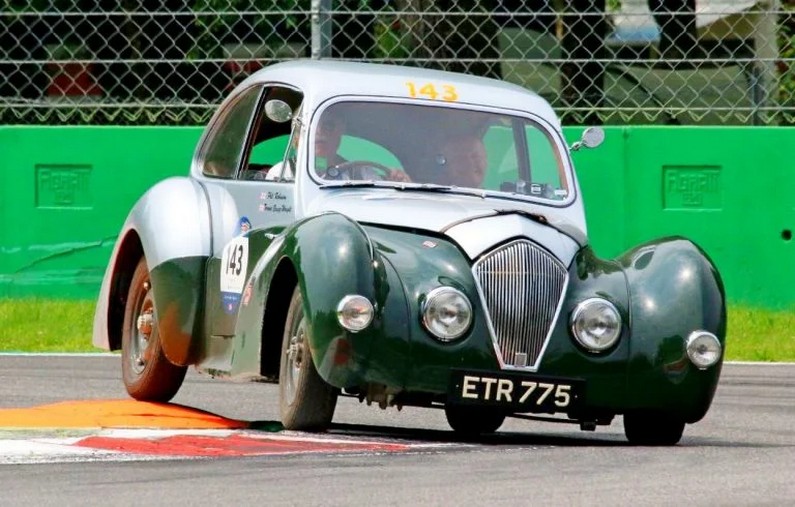
HEALEY SPORTSMOBILE
Still with the American market in mind, Healey introduced an open four-seater called the Sportsmobile (even the name has an American sound to it). Goldie Gardner, the famous English racing and record breaking driver had one and his compatriot, John Cobb, used one to open the first race meeting at Silverstone in October 1948. The AOHO list the body’s manufacturer as ‘Sam Morris’ but I have been unable to find much about that company other than they were based in London. Only 25 were built and it is believed that four still exist.
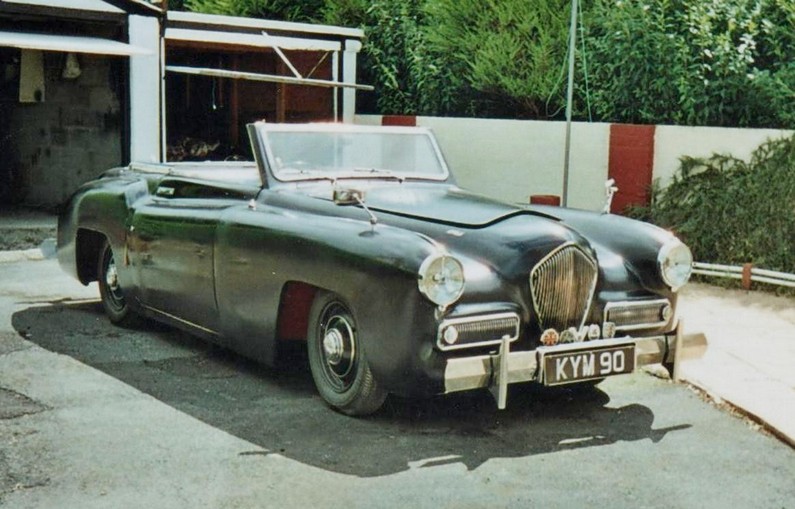
HEALEY SILVERSTONE
In 1949 Healey introduced a low cost sports racing car, the Silverstone. The idea behind this car was for it to be used by amateur ‘club racers’. It could be driven to the race track, hill climb or sprint, used for competition and driven home again. This is still a very much sought after car today and a surprisingly high number of the original hundred plus Silverstones produced still exist. There are also the inevitable replicas. Records show that around 104 Silverstones were built, split roughly 50/50 between D and E models.

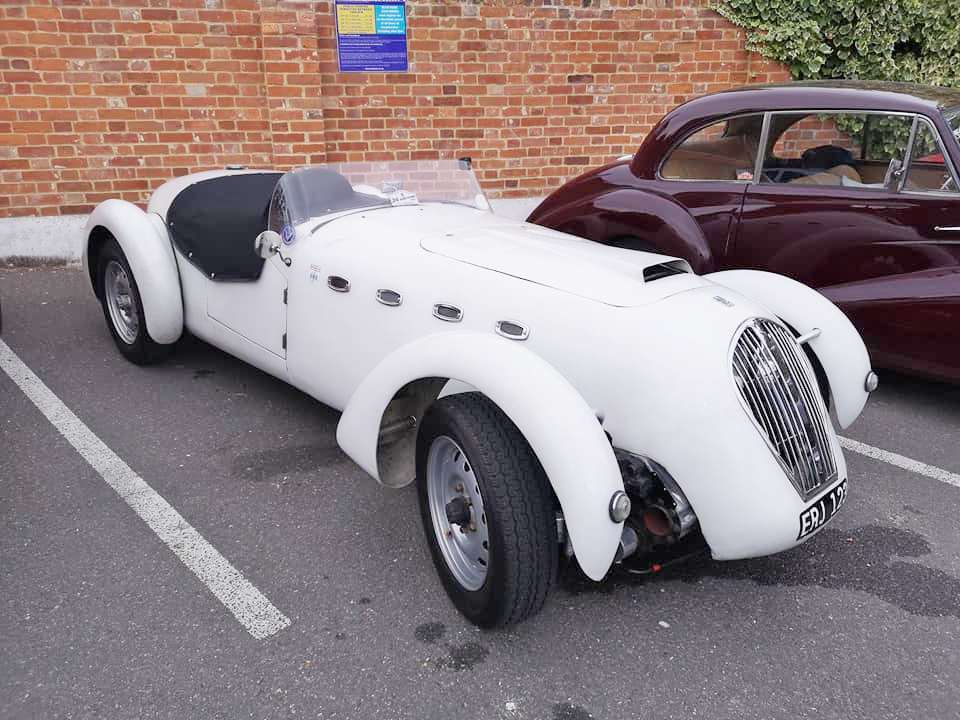
HEALEY ABBOT
In 1950 the Westland convertible was joined by the Abbott convertible. Abbot was a well establish British coach-builder based in Farnham Surrey. They also produced bodies for Lagonda, Frazer Nash, Sunbeam-Talbot, Bentley and others. In the late 1950s and early 1960s they produced all the Estate car bodies for Ford UK’s model range. The company folded in 1972.
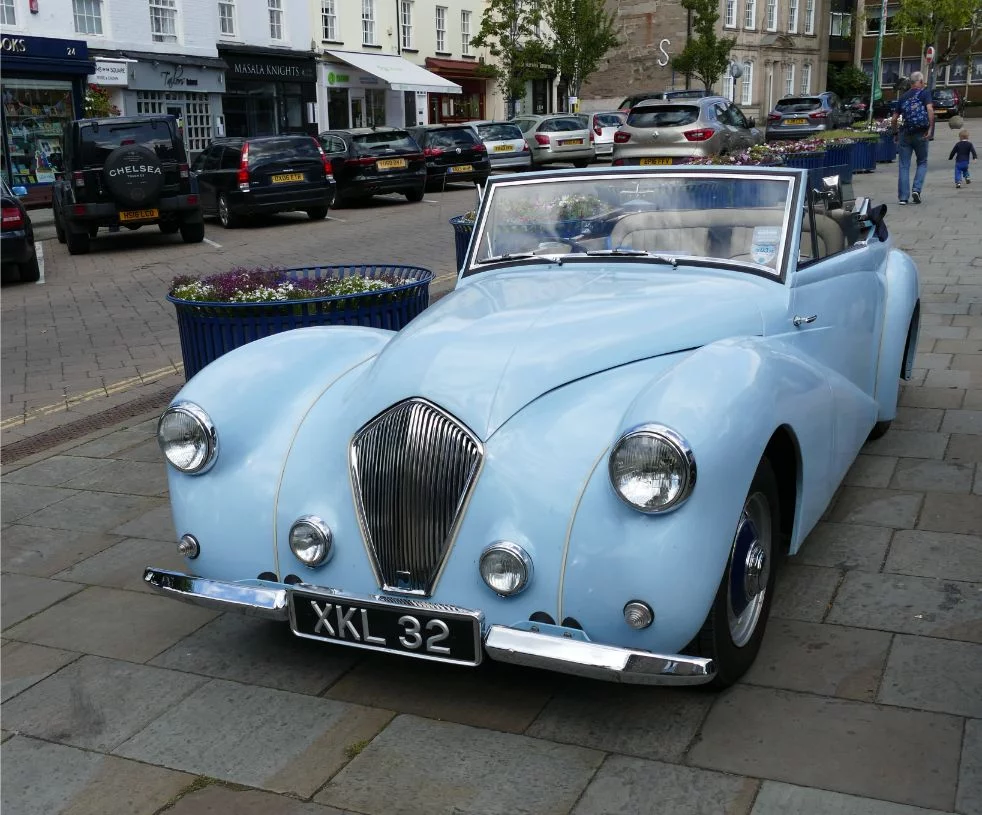
HEALEY TICKFORD
The Elliot saloon (sedan)was followed by the Tickford saloon. Tickford was another long established British coach-builder located in Newport Pagnell, Buckinghamshire. In fact, it traced its origins to the early 1800s as a manufacturer of horse drawn carriages. Originally Tickford was a brand name taken from Tickford Abbey where the company, making the carriages, was based. In 1942 the company was renamed Tickford Ltd. In 1955 Tickford was bought by David Brown the then owner of Aston Martin who were also based in Newport Pagnell. Naturally many of the Aston Martin bodies at that time were built by Tickford.
It was Tickford who, originally, was going to build the bodies for the Austin Healey 100 until it was realised that the magnitude of the orders received for that car, after its launch at the 1952 London Motor Show, far exceeded Tickford’s capacity. Austin awarded the contract to Jensen Motors Ltd. who previously had designed and built the Austin A40 Sports.
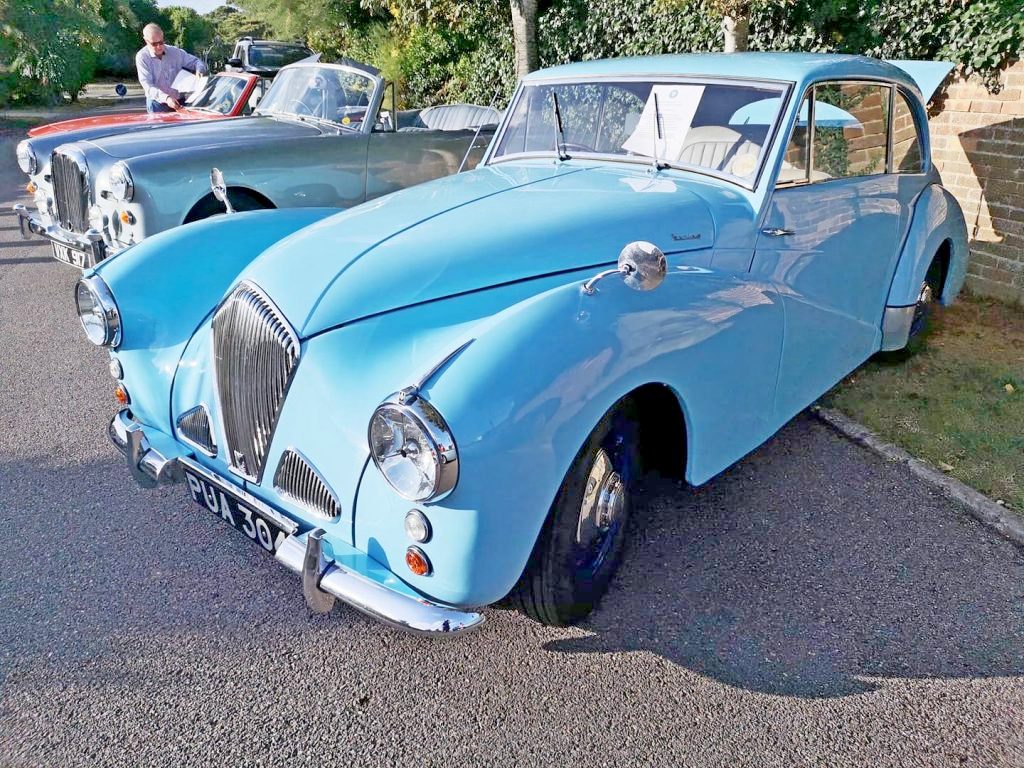
DUNCAN HEALEY
Motorised rolling chassis were also provided to a company called Duncan Industries (Engineers) Ltd. of North Walsham, Norfolk. Ian Duncan had worked for the Bristol Airplane Company before and during the war: it was therefore no surprise that aerodynamic efficiency was top of his mind when he and Frank Hamblin, another ex Bristol employ, designed the Duncan Healey saloon body. Having said that, I cannot imagine what came over them when they designed the ‘Drone’. The purpose of that vehicle was to overcome the swingeing purchase tax, for cars, that the U.K. Government had introduced in 1947, by building a “stripped out” car. But really! However, it is all in the eye of the beholder and Drones are very much sought after now. Maybe it’s because of their rarity value, only fifteen were produced.

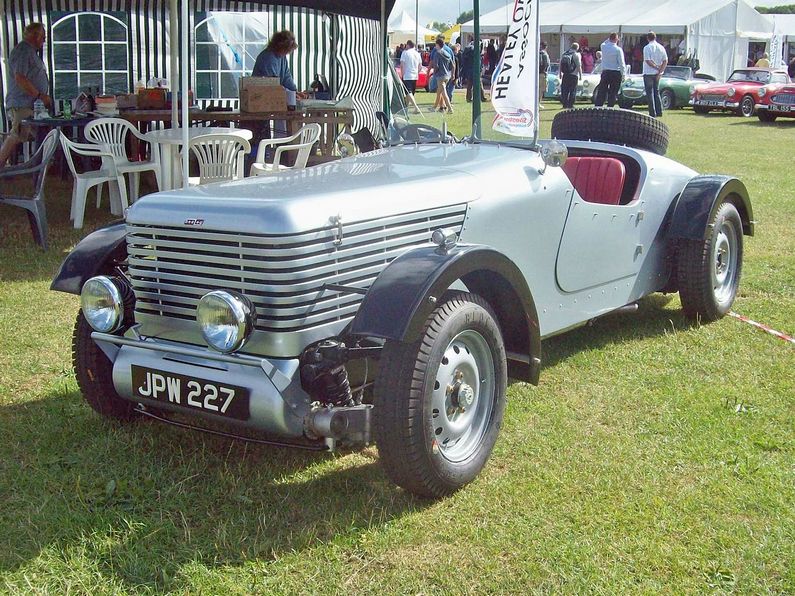
NASH HEALEY
All Healey fans know the story of how, in late 1949, Donald Healey met up with George Mason, CEO of Nash Kelvinator, when they were both on board the Cunard ocean liner Queen Elizabeth sailing to New York. The purpose of Donald’s trip was to persuade Cadillac to let him buy a quantity of their new V8 OHV engines to fit into his cars. When Cadillac said “No!” DMH got in touch with George, as the latter had suggested and out of this collaboration came the Nash Healey Sports Car.
In terms of outright volume of cars sold and the profitability of those sales, the deal was not an outstanding success for Nash. However, both companies gained from the publicity the Nash Healey attracted. In the U.S. Nash advertised the car as America’s first post WWII Sports Car and in Europe Healey enhanced its already well established reputation for competition achievements with creditable performances at the Le Mans 24 hour race with the Nash Healey X5 prototype and the X6.
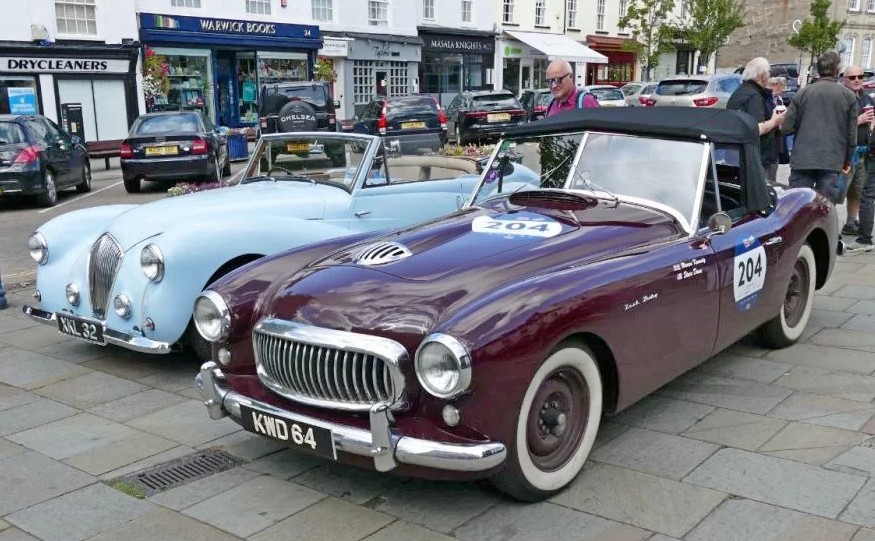

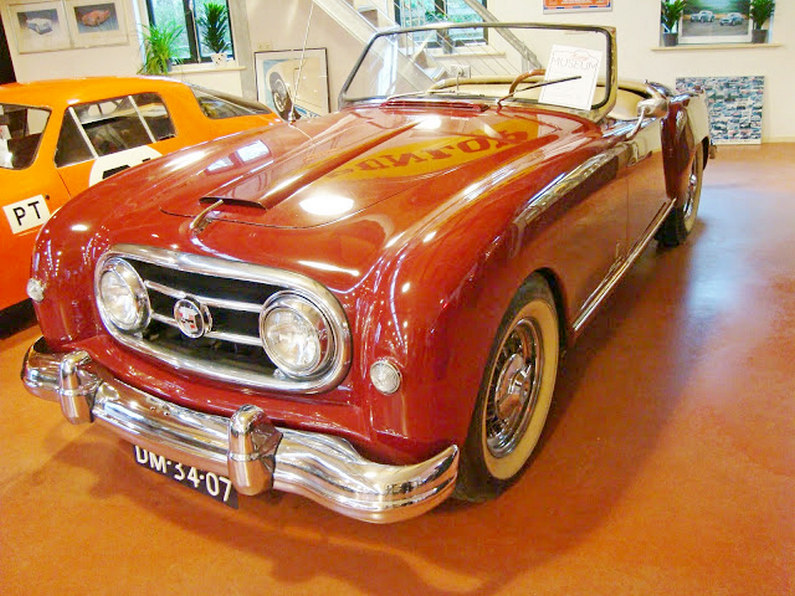
ALVIS HEALEY
Referred to by the factory as the ‘Healey Three Litre Sports Convertible’, the Alvis-Healey bore a strong resemblance to the first Nash-Healey, the two cars’ Gerry Coker-designed bodywork being built by Panelcraft of Birmingham on a ‘G’ Type chassis.
The body was subtly different from that of the Nash-Healey and featured lockable doors, a convenience rarely found on British sports cars of the period. Equally unusual was the fact that a heater and radio were standard equipment. The 2,993cc six-cylinder Alvis engine produced 106bhp, the same as that of the contemporary 2.4-litre Riley-engined Healey, albeit at lower revs. Well furnished and appointed, with wind-up windows, lockable glove compartment and a large boot, the Alvis-Healey was made until 1953, by which time only 25 had been produced, plus a further three with Riley engines.

Approximate Production Figures
Type | Engine | Approx Production | Year |
|---|---|---|---|
Healey Westland Roadster | 2443 cc Riley 4 cylinder | 64 | 1946-50 |
Healey Elliott Saloon | 2443 cc Riley 4 cylinder | 101 | 1946-50 |
Healey Sportsmobile | 2443 cc Riley 4 cylinder | 23 | 1948-50 |
2443 cc Riley 4 cylinder | 104 | 1949-50 | |
Healey Tickford Saloon | 2443 cc Riley 4 cylinder | 222 | 1950-54 |
Healey AbbottDrophead | 2443 cc Riley 4 cylinder | 77 | 1950-54 |
3848 or 4138 cc Nash 6 cylinder | 506 | 1950-54 | |
Healey G-Type Roadster | 2993 cc Alvis 6 cylinder | 25 | 1951-5 |
It can bee seen from these figures what a major affect the introduction of the Healy 100 had on the Donald Healey Motor Company’s fortunes. Although it had very little affect on the physical size of the company, or numbers employed. The agreement with Austin/BMC to produce the Austin Healey 100 allowed Donald, with the aid of Geoff’s design skills, to pursue his real passions, racing and record breaking.
I have thoroughly enjoyed putting this article together, I hope that you have enjoyed reading it. If it poses further questions then maybe it will encourage you to undertake some research yourself.
Just before I go, I should mention that Warren Kennedy has examples of most of these ‘Original’ Healeys in his ‘The Healey Collection‘.
Nick
Credits to –
The Association of Healey Owners
The Healey Museum
Warwickshire County Record Office – Warwick Healey Archive
The Healey Collection
The Alvis Archive
This article and many of the photographs contained within is subject to copyright and should not be republished in part or as a whole without permission from the author.
© carsceneinternational.com
